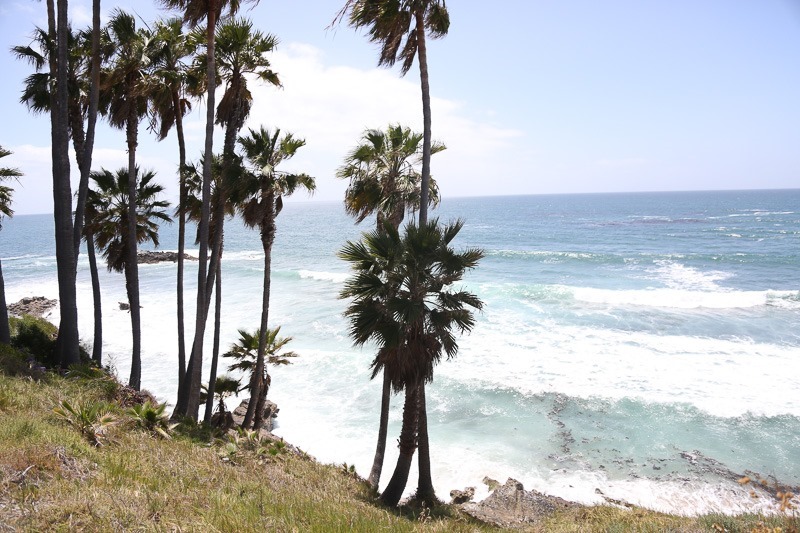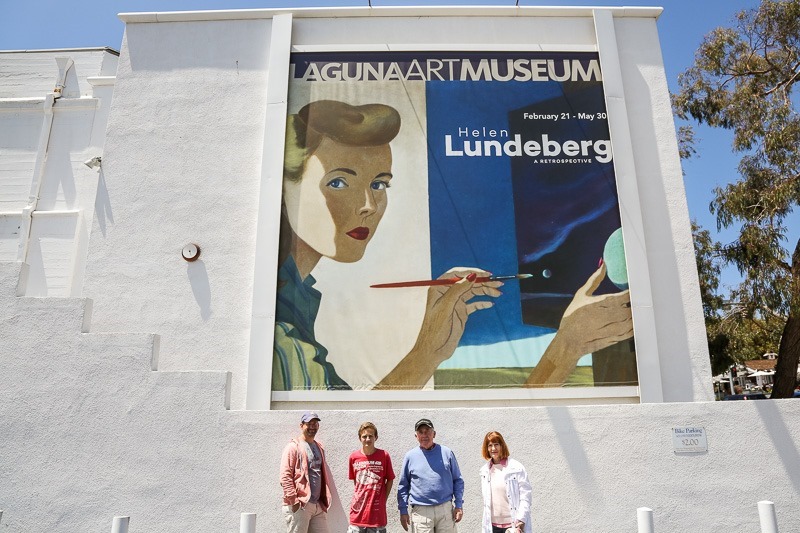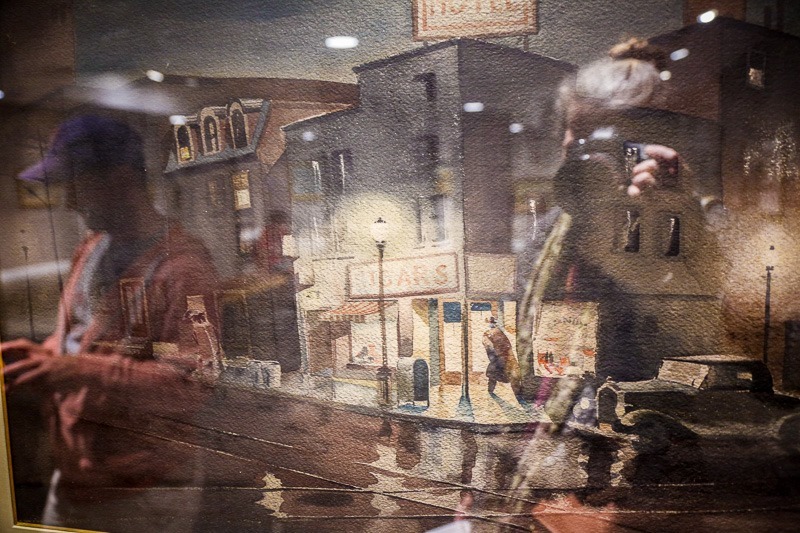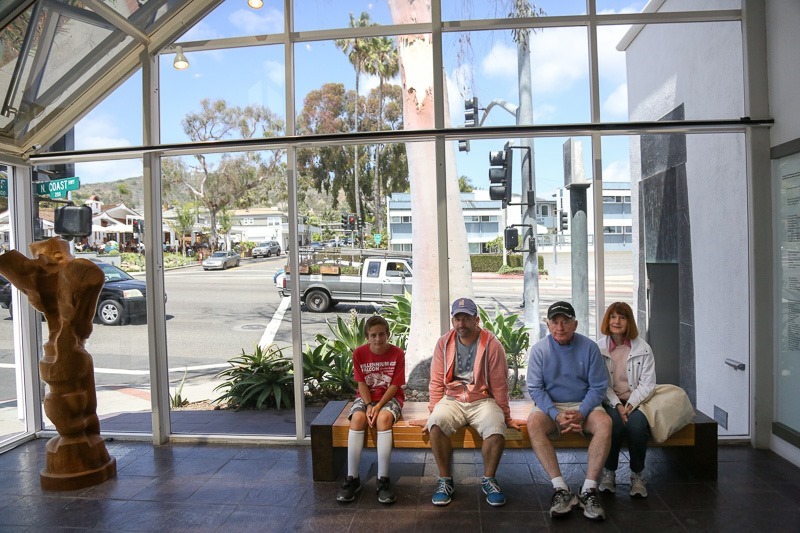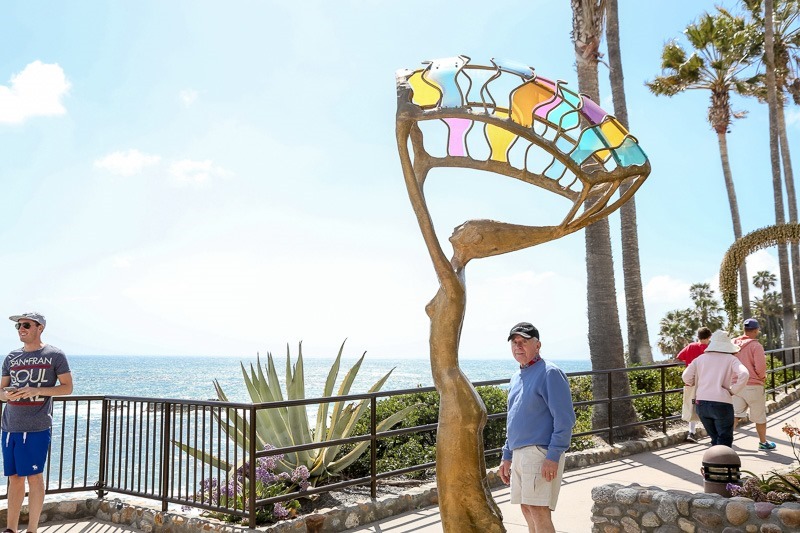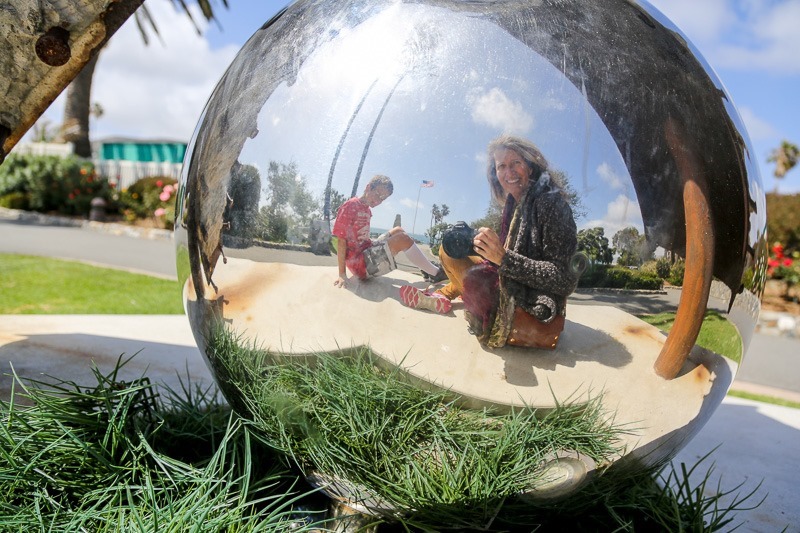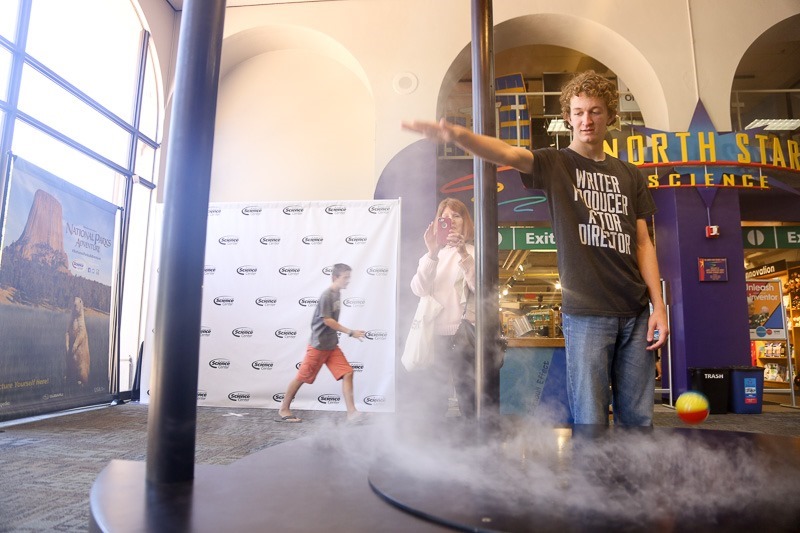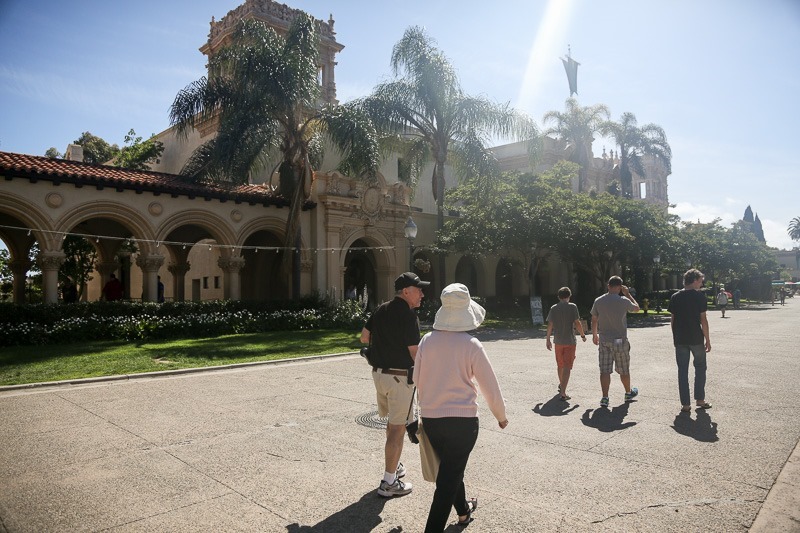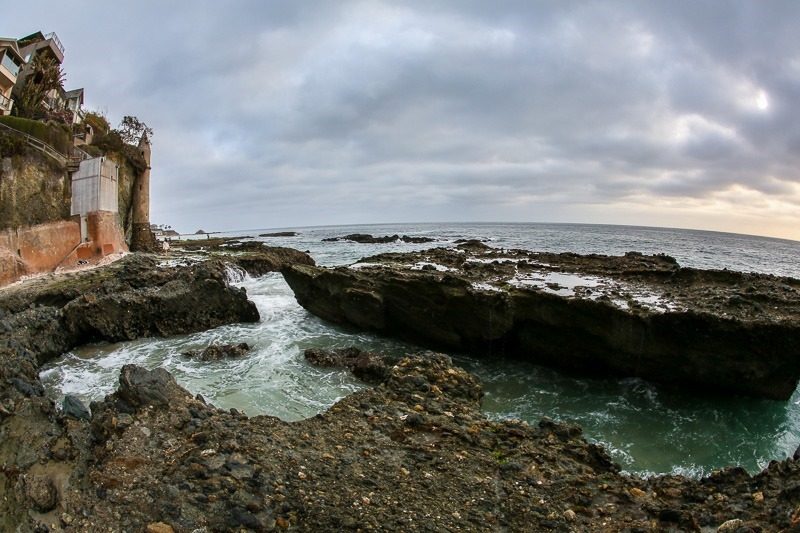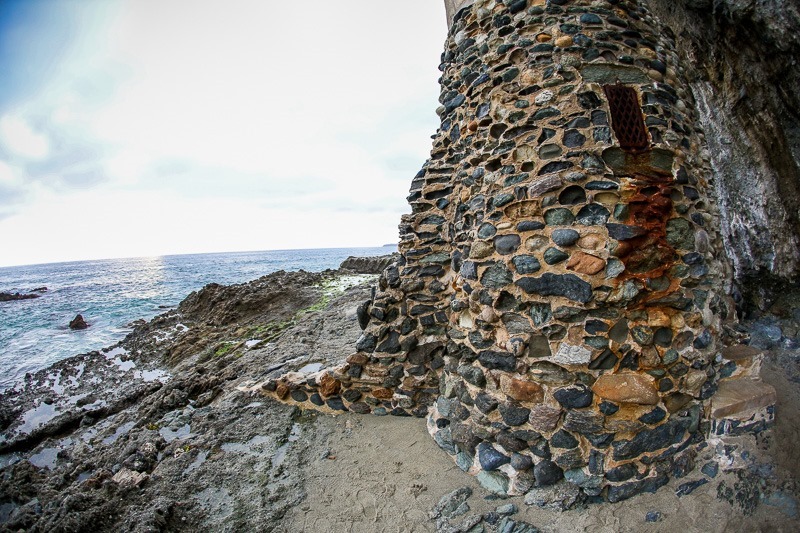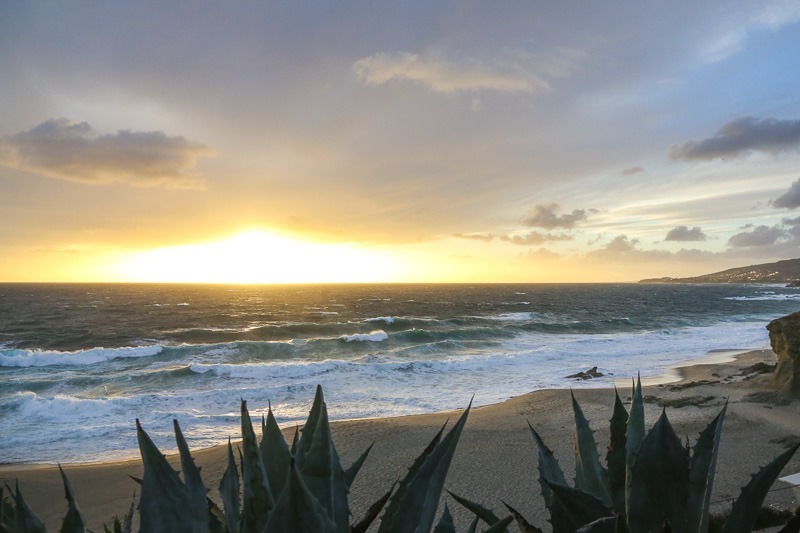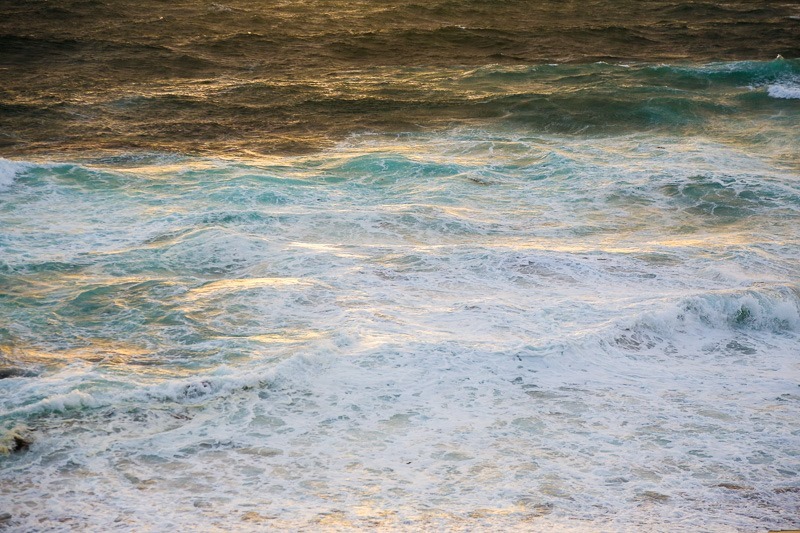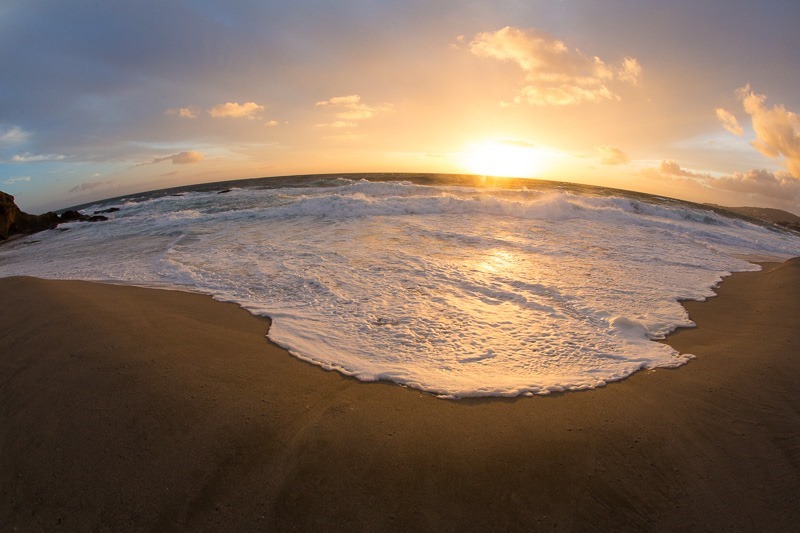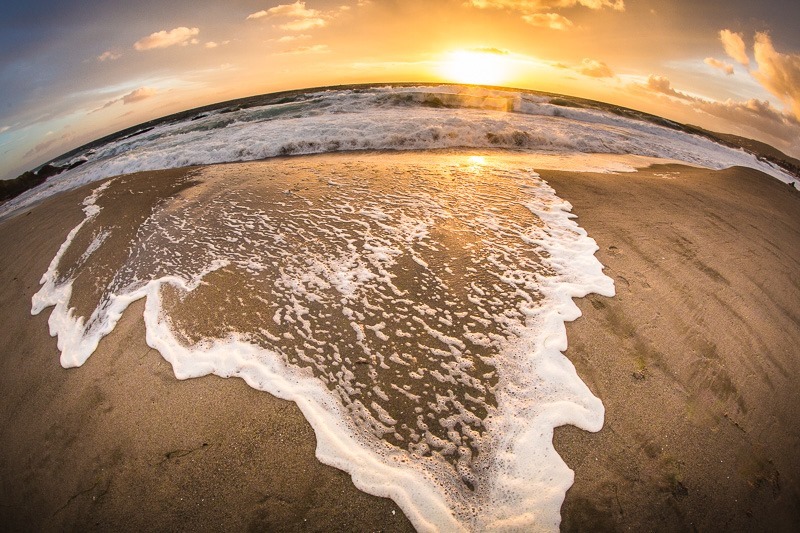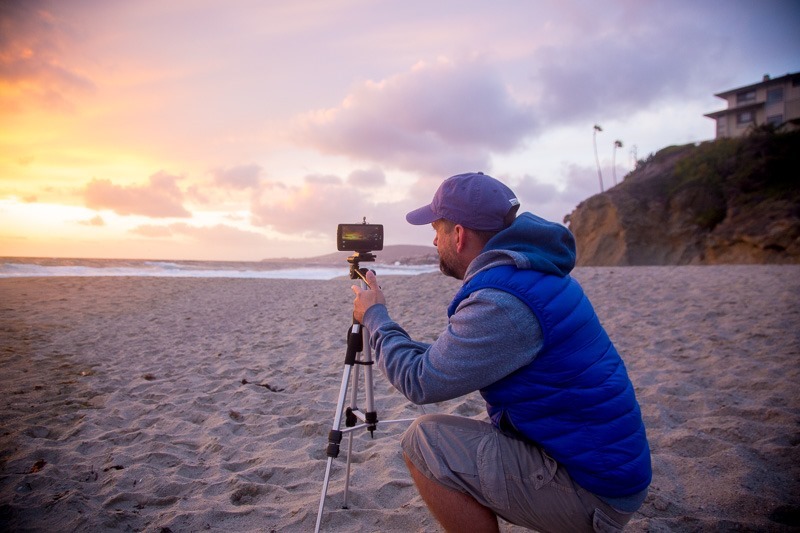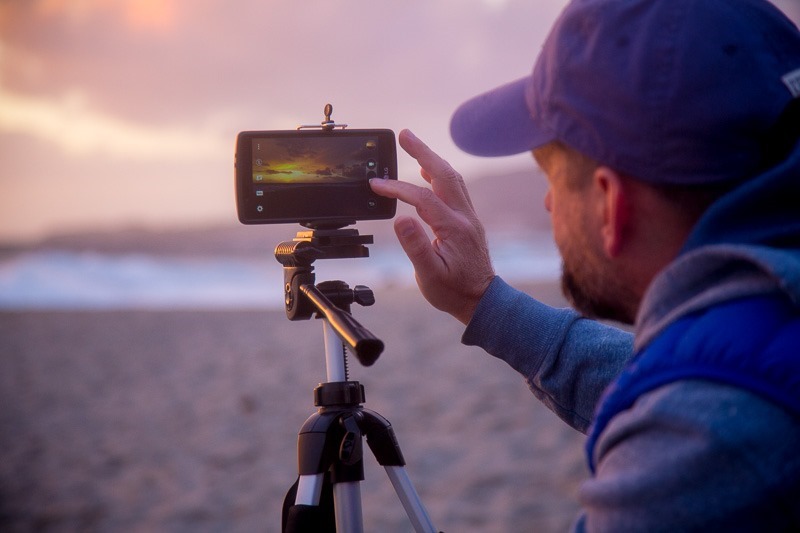Original Creation, Study the Masters, Imitation is the Highest Compliment, Imitation is Plagiarism, Copying is Bad, Nothing is Original, Be Original, Don’t Look, LOOK!! I’ve heard it all. And often. And I think there are gems of wisdom throughout the “Photographic Celibacy” (a phrase coined by Cole Thompson that advocates never studying your fellow photographers’ work) Continuum (the “Continuum” is my mashup of the varying philosophies). To View or Not To View. Here are the options as I see them through these five articles…
Complete Celibacy:
Cole Thompson*, if it’s important to you to develop your own individual vision, it’s perhaps worth considering NOT viewing/studying/”being-inspired-by” other photographers’ work. Studying others’ work can make an “imprint” on your conscious and subconscious mind and end up in your own creations. I appreciated this quote by Cole Thompson: [at a portfolio review of his own work] “
One of the reviewers said that it appeared I was trying to copy Ansel Adams and Edward Weston’s style. When I responded that I was, because I loved their work, he very bluntly pointed out that Ansel already did Ansel and that no one was going to do it better than Ansel.”
Modified Celibacy:
Sarah Marino*, it’s ok to look and find inspiration, but it matters *when* you choose to look and *when* you choose to avoid. Sarah Marino’s approach [to her landscape photography]: “While I still find energy and inspiration in viewing photographs from others, I try to be diligent about not researching a place I am going to visit or am already photographing. By avoiding researching how others have photographed a place, I am able to approach it with awe, wonder, and curiosity rather than spending mental energy trying to keep outside influences at bay.”
Helsinki Bus Station Theory (this is a fantastic analogy, be sure to click thru!) -
Arno Rafael Minkkinen*, developing your own creative vision is a journey and you should “STAY ON THE BUS” to differentiate your work, create your masterpieces, have the “stamp of your unique vision.”
Explore Others’ Work to Extend & Define Our Own -
Erin Babnik*, it’s ok standing on the shoulders of giants, just make sure you are contributing and “extending the conversation”, creating *substance* more so than *difference*. This quote from Erin that I LOVE: “…
burying your head in the sand only cuts off an important avenue for personal development. If we think about existing photographs positively, as foundational elements for all that follows, then we will be more likely to process this visual input in creative ways. We don’t have to try to ‘un-see’ other photographs or fear how they might affect our own work if we embrace the idea that we can ‘own’ our responses to them.”
Binge/Spree/Debauchery(only said here as an antonym of celibacy):
Ugo Cei*, no artist grows in a vacuum, study, immerse yourself, devour, select only inspiration that speaks to your soul and lights a fire, be deliberate, practice and practice and practice more, feed your muse. Ugo Cei has a great list of “to do” activities that help you do just that.
*each article referred to above is linked; just click on name.
So where do I fall in this spectrum? Truthfully, at different times I land in different places. In the beginning, I was all about studying peers I admired. I’ve gone through periods where I minutely study only my own work and look for the common threads of what makes “my” pictures mine. I look for my weaknesses. I look for my strengths. I then look again at strengths of peers’ work. More importantly, I study what makes the Masters masters. I’m all about the Copia.

Copia is a term of rhetoric that refers to expansive richness and amplification as a stylistic goal; it’s loosely translated from Latin to mean an abundant and ready supply of language – something appropriate to say or write whenever the occasion arises. Erasmus created a whole theory and wrote an entire book on this concept. Please forgive my segue here; I promise to tie it all together …My dudes (God bless ‘em) have all been exposed, from the very first days of their education, to writing by imitation. I did not set them up with a notebook and tell them to freeform diary their thoughts. Instead, I gave them beautiful sentences to copy. We studied Aesop’s fables and timeless fairytales and worked our way up to classics of literature and famous essays. My dudes studied and imitated and paraphrased these masters of writing and rhetoric. We developed
COPIA: figures of description, figures of speech, simple/compound/complex/compound-complex sentence structure, expansion, contraction, types of paragraphs for essays (encomium, paraphrase, cause, opposite, analogy, examples, testimony, epilogue, confirmation, refutation, comparison). We played with narrative structures – simple linear, flashbacks, in medias res, end-to-beginning. All of these pieces of the rhetoric puzzle are “tools in our toolbox” to help us write persuasively and beautifully. And if Little Dude asks me even one more time
WHY he has to incorporate three figures of speech into his narrative … (but I digress…) Anywhooo. COPIA. Tools in my toolbox. I like to study the excellent elements of excellent artists. If there’s room to incorporate such excellence into my own creations, I’m all for it. I want a whole "toolbox" of elements of excellence that I can choose to use or exclude in the making of my images. And thus, Erasmus, a writer/rhetorician makes it into my post category of
"Lessons from the Masters."
And in the spirit of celebrating the development of copia … here is Little Dude in his graphite drawing class, learning from a master, imitating art, all with the goal of stretching/refining/defining his own skills and vision.



